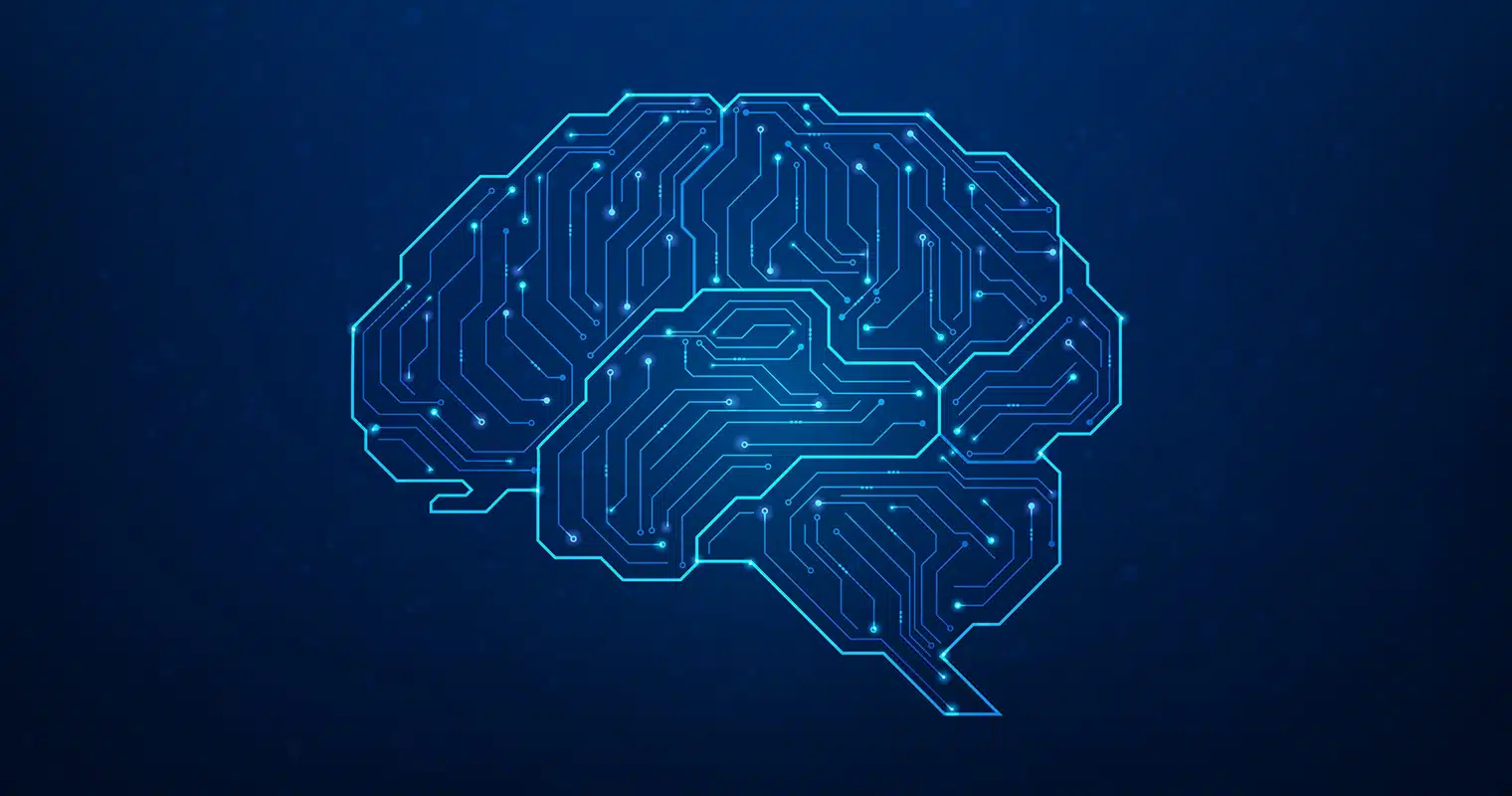With many organizations looking to implement Artificial Intelligence (AI) or Generative AI use cases, it’s important to understand how models are trained and why this training is important.
To train an AI model, AI algorithms are given training data, which they use iteratively to tune their intended function. Generative Pre-trained Transformer (GPT) models apply deep learning algorithms to large language models to assimilate knowledge about a subject matter to interact with confidence and accuracy.
Why is it Important to Train Generative AI Models?
Generative AI models are data-driven, so providing them with reference data or text is essential before they can be used. Providing them with highly relevant data provides the best output. In addition, offering guidance on the expected output will further improve the generated content.
How to Train Generative AI Models – Steps
A GPT model is trained using the steps below. In this example, we assume we are training a chatbot for a service desk application.
Collecting Data
Most service desks gather data about issues from trouble tickets that are created as service advisors interact with customers through voice calls, email, and chat sessions. Common problems are usually escalated to managers who try to get ahead of call volumes by studying issues that follow a pattern. This problem management process usually results in a knowledge base article outlining common symptoms, workarounds, and links to downloadable patches. This knowledge base or FAQ-type content is ideal for consumption by the service chatbot being trained.
Preprocessing
The collected data must be preprocessed to simplify searching by delimiting keywords, improving formatting, and filtering out unrelated or incorrect text.
Selecting an Architecture
A transformer architecture, such as GPT-1, GPT-2, GPT-3, or GPT-4, must be selected depending on the level of sophistication required. The architecture can be upgraded as the model evolves.
How to Train Generative AI – Pretraining
Pretraining the model uses unsupervised learning on the preprocessed text data from the preceding steps. The goal of pretraining is to enable the model to understand language usage in this specific domain so the customer feels confident when interacting with the service bot.
Tuning
To tune the model, a supervised learning approach is required in which the best answers are tagged or labeled. This direct feedback helps the model prioritize its responses to reflect the best practice guidance for a particular problem domain.
Optimizing
The model is improved using an iterative approach in which hyperparameters are identified to improve the model’s performance.
Deployment
Deployment of the model should follow a phased approach using test subjects who are internal employees, then to partners and friendly customer beta testers before making the bot generally available.
Pre-Built Models
OpenAI Enterprise customers can access plugins and GPT-4 to save the need to train their model. Below are examples of available plugins that illustrate the versatility and potential of AI to assist people with limited technical skills to help with everyday work and leisure tasks:
- Bramework – Analyzes search data to help marketers with Search Engine Optimization (SEO).
- Medical Device EU – Discover EU medical device regulations.
- Recipe Finder – Recipe ideas are organized by dietary needs.
- Sentiment Analysis – Analyze text to determine its sentiment.
- Developer Doc Search – Open-source code research and documentation search.
- Take Code Captures – Beautify source code for sharing.
- AnalyticsAI – Review your Google Analytics using prompts.
- AI Data Analyst – Explore data using natural language.
- Get Social Proof – Use AI to create compelling customer testimonials.
- Rephrase AI – Turn text into talking avatar videos.
- Chat With Excel – Converse with your spreadsheet.
- Speedy SEO Marketing – Create social content.
- Smart Slides – Create a slide presentation.
- Visualize Your Data – Create charts of your data.
- QuickPage – SEO optimizes landing pages.
- BrowserPilot – QA web pages and documents.
Can Generative AI be Used for Data Analysis?
Generative AI can augment data analysis by enabling analysts to ask questions about data sets using natural language prompts but cannot perform data analysis to the level a human can. Generative AI is good at helping create a narrative in an existing analytics report but lacks the ability to make its own assertions. Generative AI cannot perform predictive analytics yet.
OpenAi provides a ChatGPT Advanced Analytics plugin that allows users to ask questions about existing data but does not train itself based on those interactions. The plugin can do simple reporting by tabulating data based on different criteria and sort orders. This can be useful for analysts unfamiliar with query languages such as SQL or BI tools.
The sophistication is evolving rapidly with a focus on the following three features when analyzing large, complex documents:
- Synthesis – The ability to generate new content or insights based on analysis of existing documents.
- Transformation – Change how a document is presented without changing its underlying essence.
- Extraction – Pull out specific extracts from a document.
Try the Actian Data Platform
Thanks to its built-in data integration capabilities, the Actian Data Platform makes it easy to automate data preprocessing as part of your AI training workflow. Businesses can always proactively preprocess their operational data to be analysis-ready using pipeline automation and by making it easy to unify, transform, and orchestrate data pipelines.





